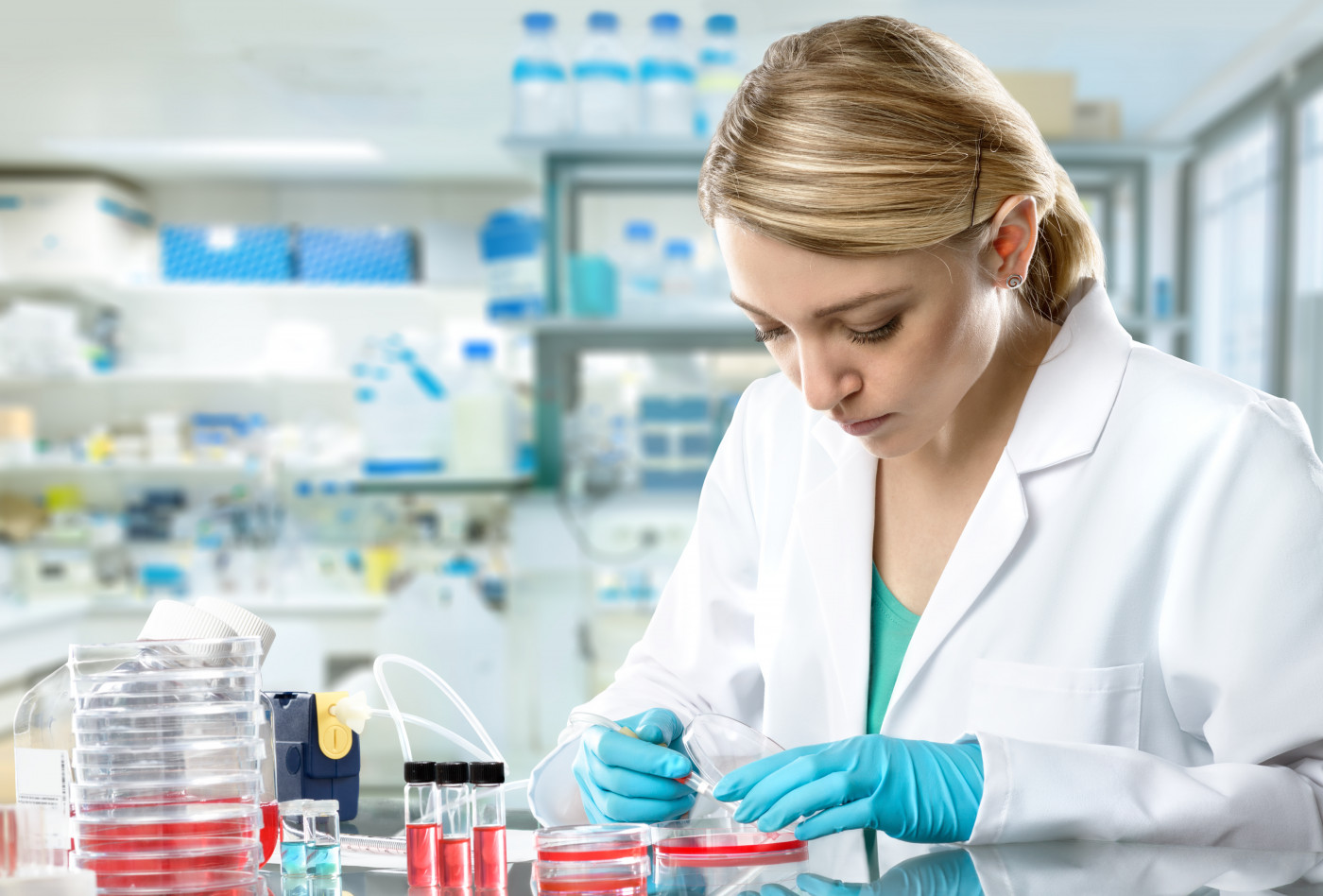Gene Therapy, LYS-SAF302, Lowers Heparan Sulfate Levels, Trial Data Show

All nine Sanfilippo type A patients analyzed to date in the ongoing Phase 2/3 clinical trial of the gene therapy LYS-SAF302 show reductions in the levels of heparan sulfate (HS), Lysogene, the therapy’s developer, reported.
These reductions were specifically observed in the cerebrospinal fluid (CSF; the liquid surrounding the brain and spinal cord) and indicate a therapeutic potential for LYS-SAF302.
The AAVance trial faced several setbacks last year. In June, the study was placed on hold after MRI revealed brain abnormalities at the treatment injection site. In October, Lysogene announced that a treated study participant — one of 20 enrolled in the trial — had died from an unknown cause, with evidence not linking the death to the therapy’s administration.
Analysis and monitoring of the other treated children is ongoing. The study is listed as active.
“These first very encouraging results provide evidence of positive biological responses to LYS-SAF302 treatment in patients enrolled in the AAVance trial. The CNS [central nervous system]-specific reduction of the disease biomarker HS is consistent with Lysogene’s unique … mode of administration, which enables us to deliver the drug directly into the brain, where accumulation of HS causes the predominantly neurological manifestations of [Sanfilippo type A],” Ralph Laufer, PhD, chief scientific officer at Lysogene, said in a press release.
Sanfilippo type A is the most common and severe subtype of Sanfilippo syndrome, a neurodegenerative disorder caused by a mutation in the SGSH gene, leading to a total loss or little of heparan N-sulfatase enzyme activity. This enzyme plays a role in breaking down HS, resulting in its toxic accumulation in cellular storage structures called lysosomes inside cells.
In addition to heparan sulfate, other molecules are known to build in these patients’ brains, namely GM2 and GM3 gangliosides, sugar-fat molecules derived from specific molecules of the sphingolipids family, a type of fat.
LYS-SAF302 delivers a healthy copy of the SGSH gene directly to the brain, which Lysogene believes can lessen toxic HS accumulation and the resulting inflammation and neuronal damage. The therapy is administered by a one-time injection directly to both sides of the brain.
The AAVance clinical trial (NCT03612869) trial is assessing the safety and efficacy of LYS-SAF302 in patients, ages 6 months and older, with Sanfilippo type A.
Dosing started in the U.S. and in Europe in 2019, and the trial is due to conclude in March 2022.
Data from the first nine patients analyzed showed significant drops in heparan sulfate concentrations in their cerebrospinal fluid at six and 12 months after LYS-SAF302 treatment, the company reported. No such change was observed in blood heparan sulfate levels, which is consistent with the therapy being designed to specifically reduce HS that enters the CSF from the brain parenchyma — a specific type of brain tissue.
A CSF-specific decrease in levels of GM2 and GM3 ganglioside was also observed following treatment.
“The reduction in secondary storage products, GM2 and GM3 ganglioside, confirms the biological activity and therapeutic potential of LYS-SAF302. We look forward to confirming these results in additional patients,” Laufer added.
Full results will be presented at the WORLDSymposium lysosomal disease conference next month.
Sarepta Therapeutics, under a licensing agreement, holds the marketing rights for LYS-SAF302 in the U.S. and other countries outside Europe.






